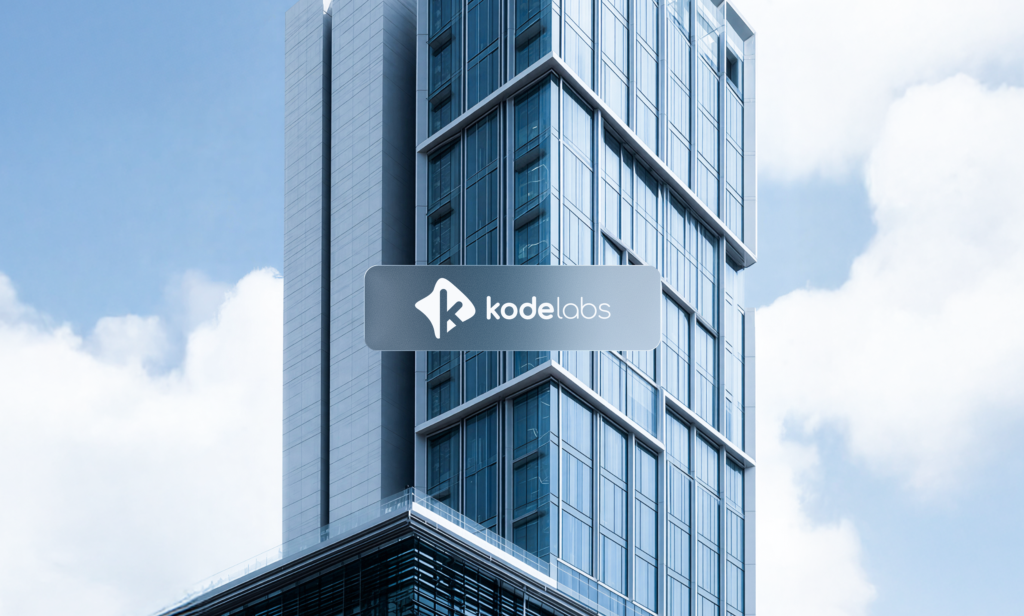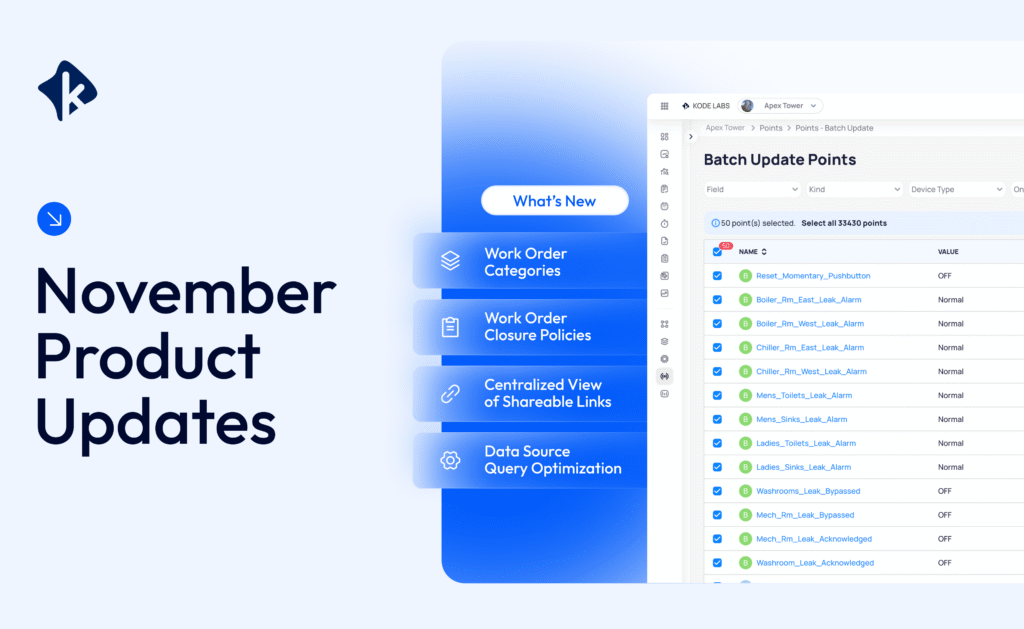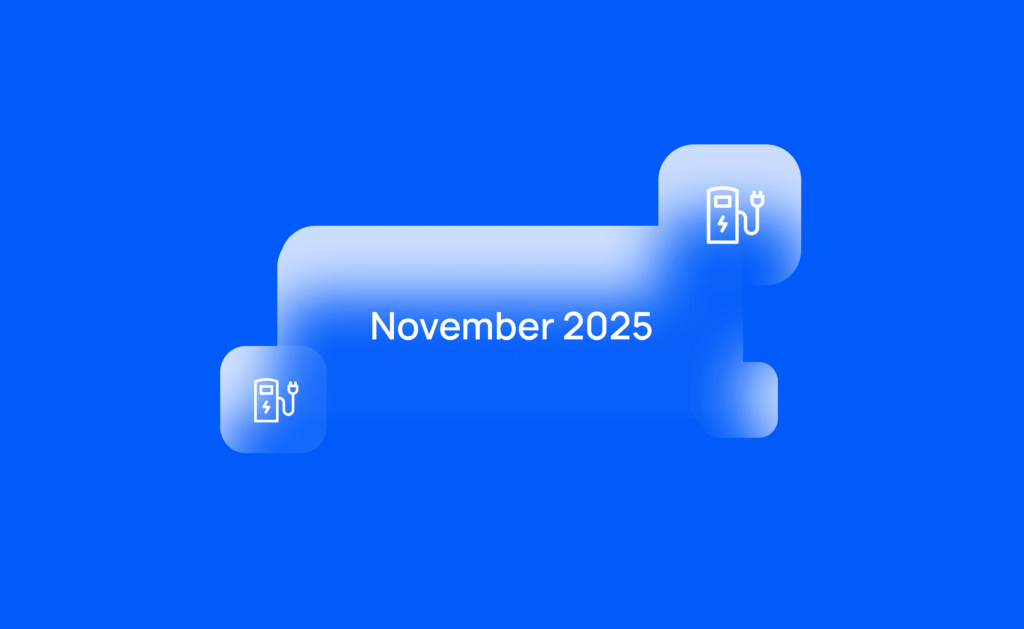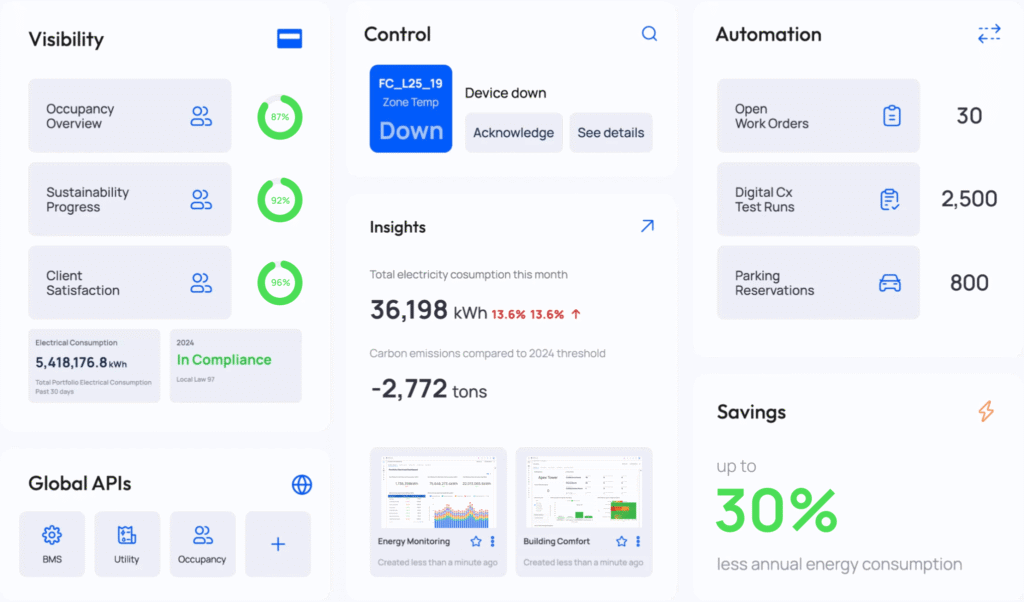By KODE Team
On this page
Sign up to our newsletter
Subscribe to receive the latest blog posts to your inbox every week.
By subscribing you agree to with our Privacy Policy.
In April, we introduced eight exciting new integrations to our API library, designed to make your buildings smarter and more efficient. Explore new capabilities in work orders, meters, EV charging, and more — along with updates to our existing APIs.
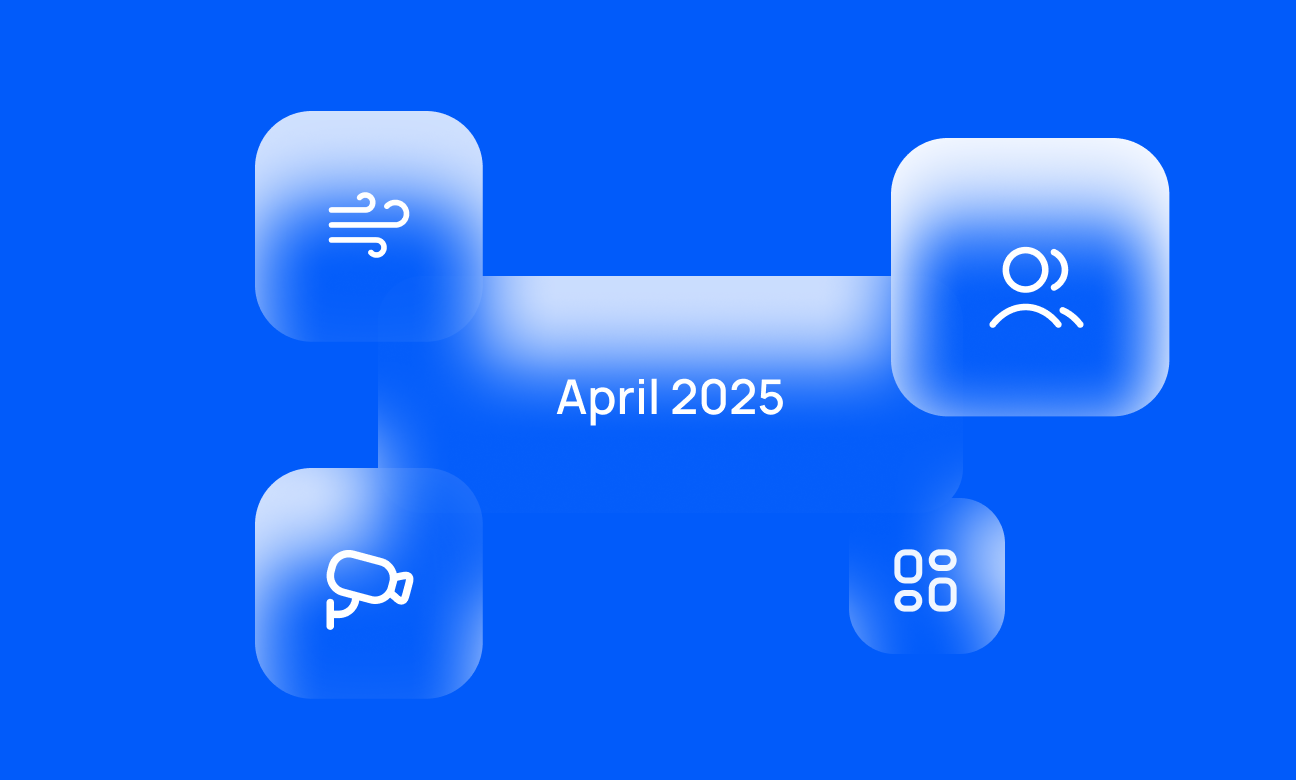
IBM Maximo
The IBM Maximo API provides a comprehensive and flexible interface for integrating with IBM Maximo, an enterprise asset management (EAM) system. It offers a flexible way to integrate with Maximo’s core functions — like asset management, work orders, inventory, and maintenance — through RESTful and SOAP-based endpoints.
What it can do:
- Create, update, and close work orders based on real-time data.
- Pull asset data for dashboards and maintenance planning.
- Auto-trigger maintenance based on live status updates.
- Create work orders from sensor or device alerts.
Zaptec
The Zaptec API enables seamless integration with Zaptec’s EV charging solutions, offering real-time data access, advanced management features, and compatibility with external systems for smart energy management.
What it can do:
- Monitor EV usage and energy consumption.
- Use FDD to alert for charging station faults and link with metering via BMS for energy tracking.
Optimise Everything
The Ecco Sensors API by Optimise Everything provides real-time and historical access to environmental metrics and energy data, integrating with Ecco’s cloud platform to support monitoring, optimization, and data-driven operational efficiency.
What it can do:
- Read gas data at the lowest poll rate that’s provided, real time and historical if available.
- Read electric data, real time 15 minutes and historical.
- Sensors poll within 5-10 minutes and report on light, humidity, temperature, battery, and c02.
TDS
The TDS Visitor Management API streamlines visitor operations by enabling integration of check-ins, pre-registration, scheduling, notifications, and real-time monitoring through secure, well-defined endpoints.
What it can do:
- Number of visitors currently on premises
- Check-ins by station or lobby
- Comparison chart for time of pre-registration to arrival to track walk-ins vs. prearranged visitation
- Registrar information (who registered a user)
- Predetermined VIP list and notification
Eptura
The ManagerPlus API by Eptura is a RESTful interface that enables seamless integration with ManagerPlus, allowing developers to manage inspections, work orders, inventory, and other asset operations through a unified platform.
What it can do:
- Retrieve work orders for trending and analytics in KODE.
- Send notifications to Eptura to create work orders manually or automatically when faults/alarms are triggered in KODE OS.
Q-SYS Reflect
The Q-SYS Reflect Enterprise Manager (QREM) API enables powerful, real-time integration for organizations seeking to monitor, manage, and maintain their Q-SYS audio, video, and control systems across multiple locations.
What it can do:
- Retrieve work orders for trending and analytics in KODE.
- Push fault information to ServiceNow to create work orders.
Extron
The Extron API facilitates communication with AV devices by providing real-time status updates and control capabilities. KODE will interact with this API to read AV mode status and update occupancy information based on external events.
What it can do:
- Enables A/V systems to detect occupancy and update room status in real time.
Prolojik
The Prolojik Perspective API provides real-time control and monitoring of lighting and sensor devices in smart buildings, enabling zone control, dimming, scheduling, and detailed device data retrieval through MQTT.
What it can do:
- Dimming control
- Zone control and scheduling
Updated APIs
ServiceChannel
We’ve embedded StoreId for easier site-specific access, expanded sensor and non-sensor data, added new fields for richer work order reporting, and streamlined work order creation to speed up tasks and automate workflows.
Envelo
We added support for the Envelo Occupancy Indicator device, providing real-time data on space occupancy and people count to better track room usage and compliance.
Integriti
We expanded the Area Device with new insights like occupancy count, area state, holdup alarms, entry/exit tracking, and siren status, plus added card type data to Event Logs for better security and audit visibility.

